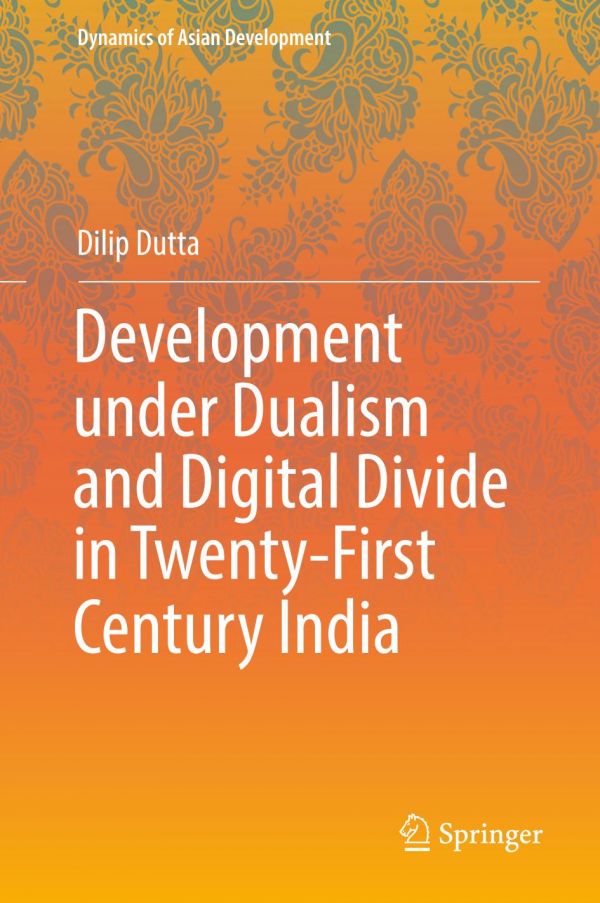

Most ebook files are in PDF format, so you can easily read them using various software such as Foxit Reader or directly on the Google Chrome browser.
Some ebook files are released by publishers in other formats such as .awz, .mobi, .epub, .fb2, etc. You may need to install specific software to read these formats on mobile/PC, such as Calibre.
Please read the tutorial at this link: https://ebookbell.com/faq
We offer FREE conversion to the popular formats you request; however, this may take some time. Therefore, right after payment, please email us, and we will try to provide the service as quickly as possible.
For some exceptional file formats or broken links (if any), please refrain from opening any disputes. Instead, email us first, and we will try to assist within a maximum of 6 hours.
EbookBell Team

5.0
80 reviewsAfter first analysing the economic development processes of emerging Asian economies in general, this book explores the development implications of India’s seventy years (1947-2017) of socio-economic policy regimes. It discusses structural dualism and the digital divide, which it identifies as the major socio-economic structural elements of the Indian economy, along with the external forces of globalisation. Since the adoption of comprehensive economic reforms in 1991, India has been liberalising its economy, due in part to the rising pressures of globalisation. However, critics have argued that Indian liberalisation policy has aggravated unemployment, regional inequality and poverty, and also increased India’s external vulnerability.
This book tests the validity of these arguments, and provides readers a deeper understanding of the structural and institutional elements of the articulation of Indian society. It also examines the paradoxical political and economic effects of the information and communication (ICT ) industry in India, due to the economic disparities between the beneficiaries of the ICT windfall and those unable to reap those benefits. Lastly, by investigating the integration of key traditional sectors into modern sectors, the book provides policy suggestions for tackling the sectoral and segmental disarticulation that currently characterises Indian society.